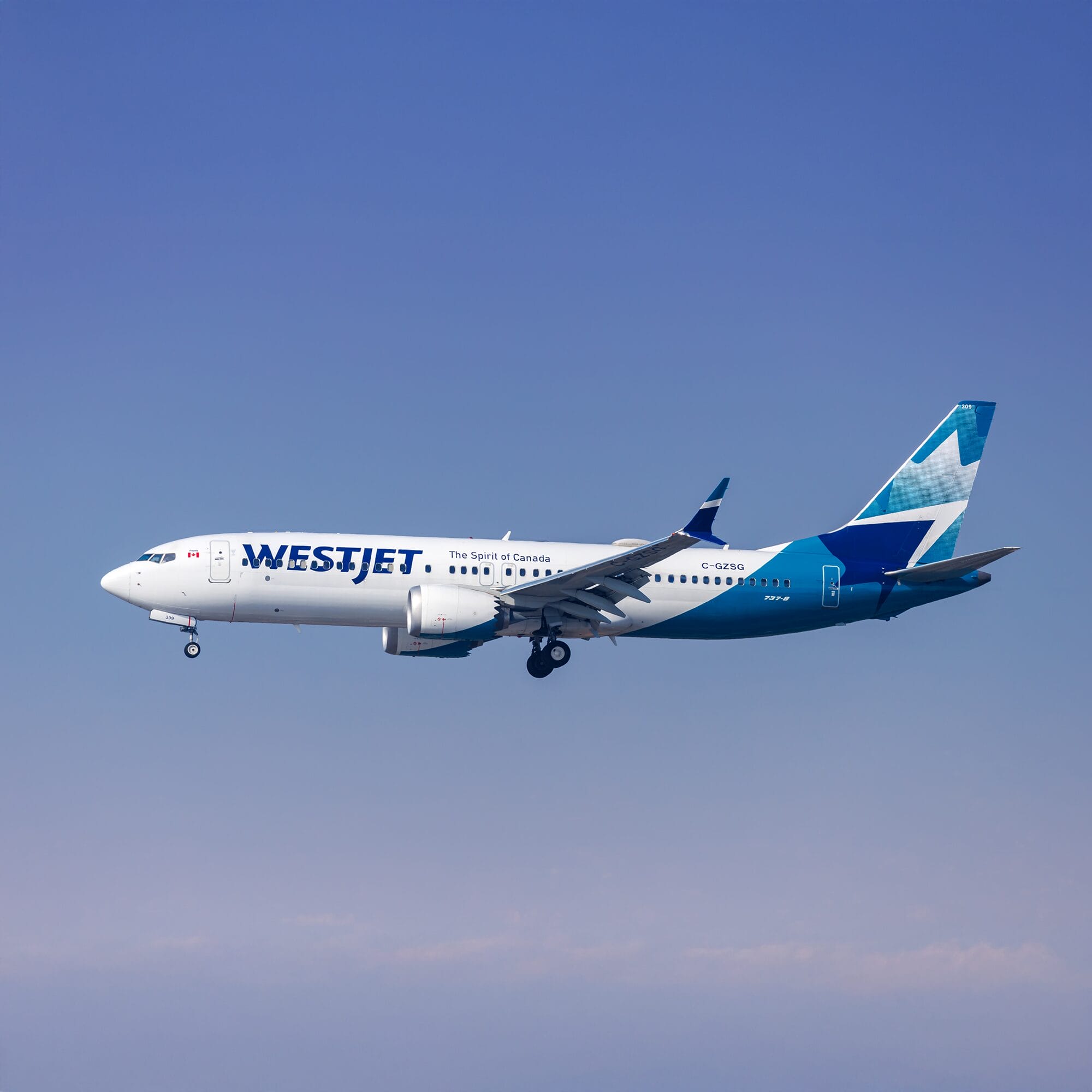
Paul Hayes, Director – Safety and Insurance, Cirium
Fatal airline accidents, especially those that result in the deaths of passengers as well as crew, are rare. In 2024, there were four accidents in which passengers were killed, much the same as the annual average over the last five years of 3.6. This is less than half the number of these accident types for the most recent decade (2010-19), in which the average was 8.6 per year, and a quarter of the average the previous decade, of 14.7. In earlier years, we might have typically seen something between about 20 and 30 fatal accidents per year. Over the last 30 years the average number of airline accidents involving passenger fatalities worldwide has halved every 10 years.

Source: Cirium Fleets and Accidents data
The number of passengers killed in these accidents follows the same trend of roughly halving every 10 years. The number of passengers killed in 2024, at 238, was high compared with 2023, but most resulted from a single accident, the Jeju Air Boeing 737 crash of 29 December, which resulted in 175 passenger fatalities. Nevertheless, the annual average number of passengers killed over the last five years, at about 137, is still less than half the average for the period 2010-19 which was 304, and barely a fifth of the previous decade’s average, of 680. Prior to that, 1,000 passenger fatalities per year on average was typical.

Source: Cirium Fleets and Accidents data
The frequency of aircraft accident reports in the media shapes public views of airline safety. However, this does not take into account changes in exposure. The number of accidents in which there are passenger fatalities and the number of passenger fatalities have both reduced significantly over the last 25-30 years. Each figure is at roughly a fifth of its level in the 1990s. However, over this period, air travel has grown rapidly, and there are now far more passenger flights and passengers flying – an estimated 5 billion passengers were carried during 2024 compared with around 1.5 billion in 1990. So, the number of fatalities has fallen 80% despite a trebling in passenger numbers. Simplistically, the likelihood of being killed in an air crash is one-seventeenth what it was 30 years ago.

Source: Cirium Fleets and Accidents data
The annual average passenger fatality rate in the five years to the end of 2024 was one per 27 million passengers carried. This rate is more than twice as good as it was last decade (2010-19), when it was one per 12.9 million carried, and almost eight times better than in the 2000-09 decade of one per 3.5 million passengers carried. The passenger fatality rate in the 1990s was only one per 1.8 million carried.
An extensive statistical review of airline accidents is available for free in Cirium’s Airline Safety & Losses Review 2024.


























































